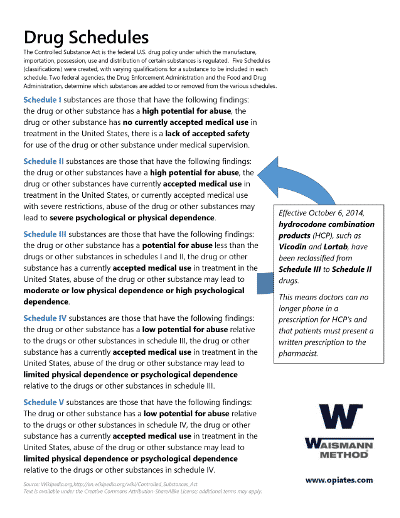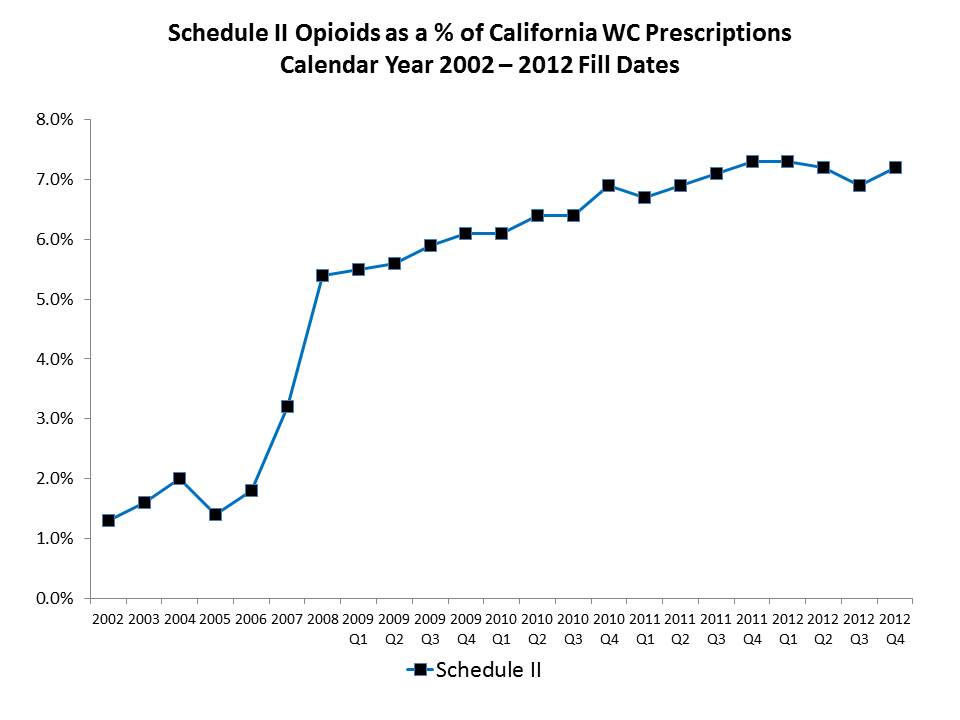On March 23, 2017, the DEA announced it has scheduled the newly approved synthetic THC-containing drug, Syndros, as a Class II substance. This announcement comes as a surprise to some for a number of reasons, including that the approved marketed cannabis-containing drug, Marinol, is a Schedule III, and the DEA clarified in December 2016 that, the same classification as heroin. Schedule I drugs are and a high potential for abuse. Last year, the decision to continue to label cannabis as a Schedule I substance was rooted in science, relying heavily on the Food and Drug Administration’s conclusion that marijuana has 'no currently accepted medical use in treatment in the United States.' This is, of course, despite the FDA’s approval of certain drugs like Marinol and now Syndros, which contain cannabis-derived active pharmaceutical ingredients.


Schedule 2 Narcotics Guidelines
It is worth noting that following the FDA’s approval of Syndros on July 1, 2016, the FDA recommended to the DEA to schedule Syndros as a Schedule II drug. Syndros uses a synthetic version of tetrahydrocannabinol (THC), the compound associated with the psychoactive effects of cannabis, unlike other cannabis extracts, such as cannabidiol (CBD). THC and CBD are both natural elements of the cannabis plant.

CBD has received special waivers for medical testing grants in relation to treating childhood epilepsy, while THC has been the subject of only two FDA-approved drugs, both using the same synthetic THC variant as Syndros, known as dronabinol. As part of these actions, the indicating that products containing delta-9-THC will be placed in Schedule II.